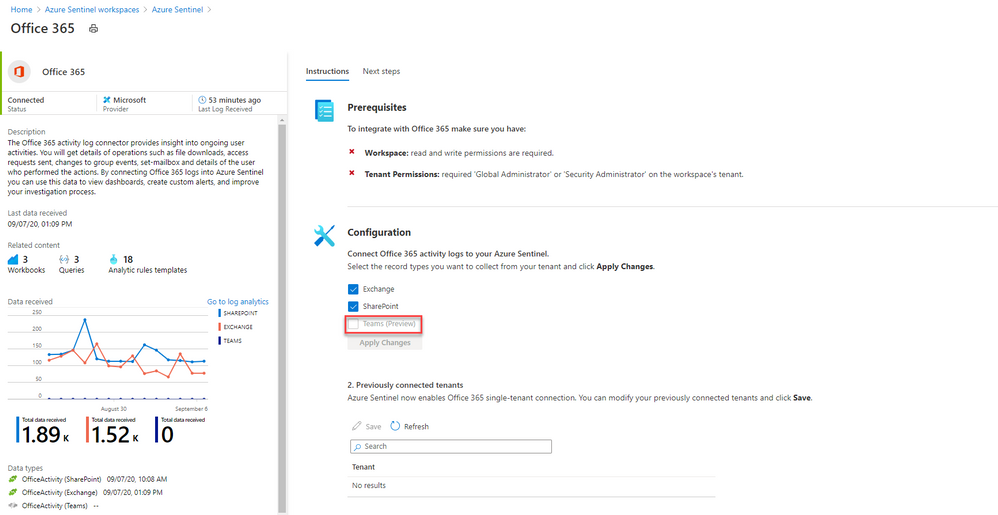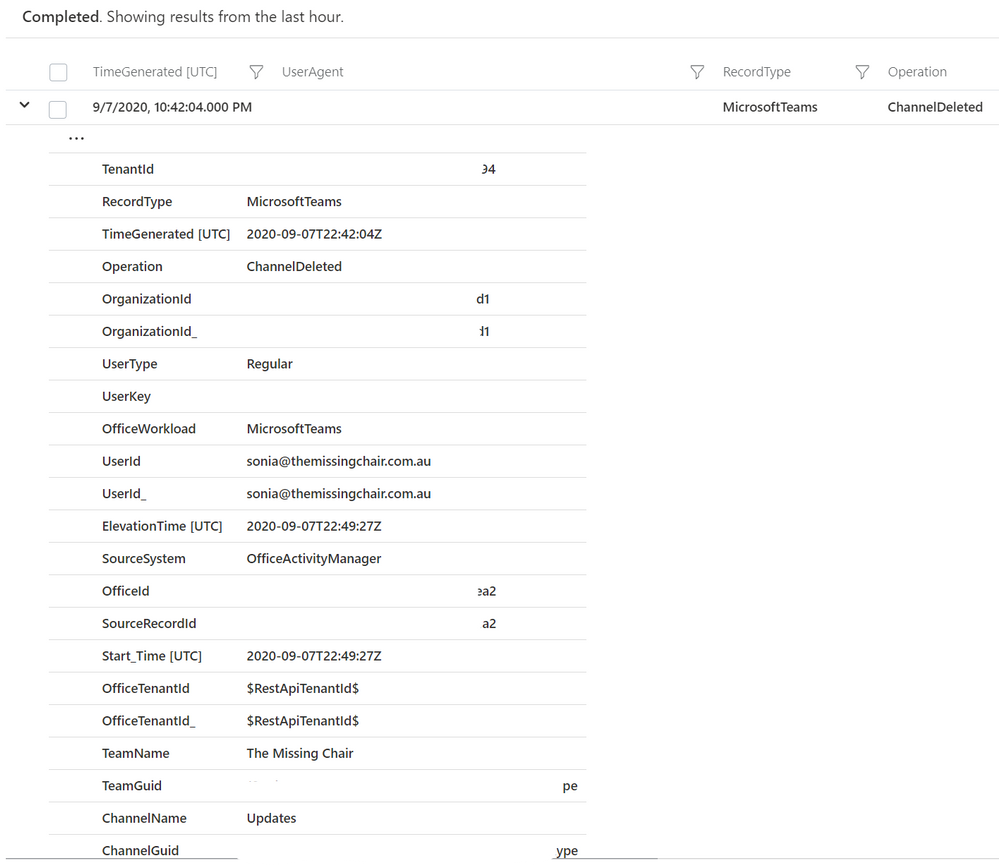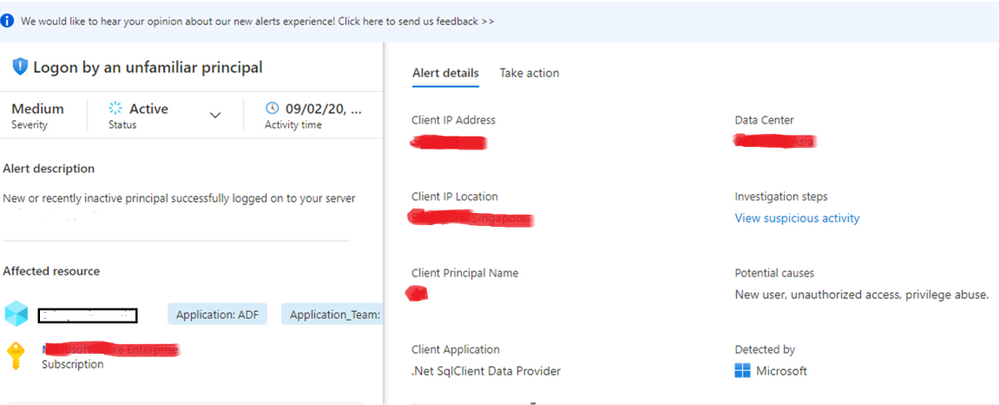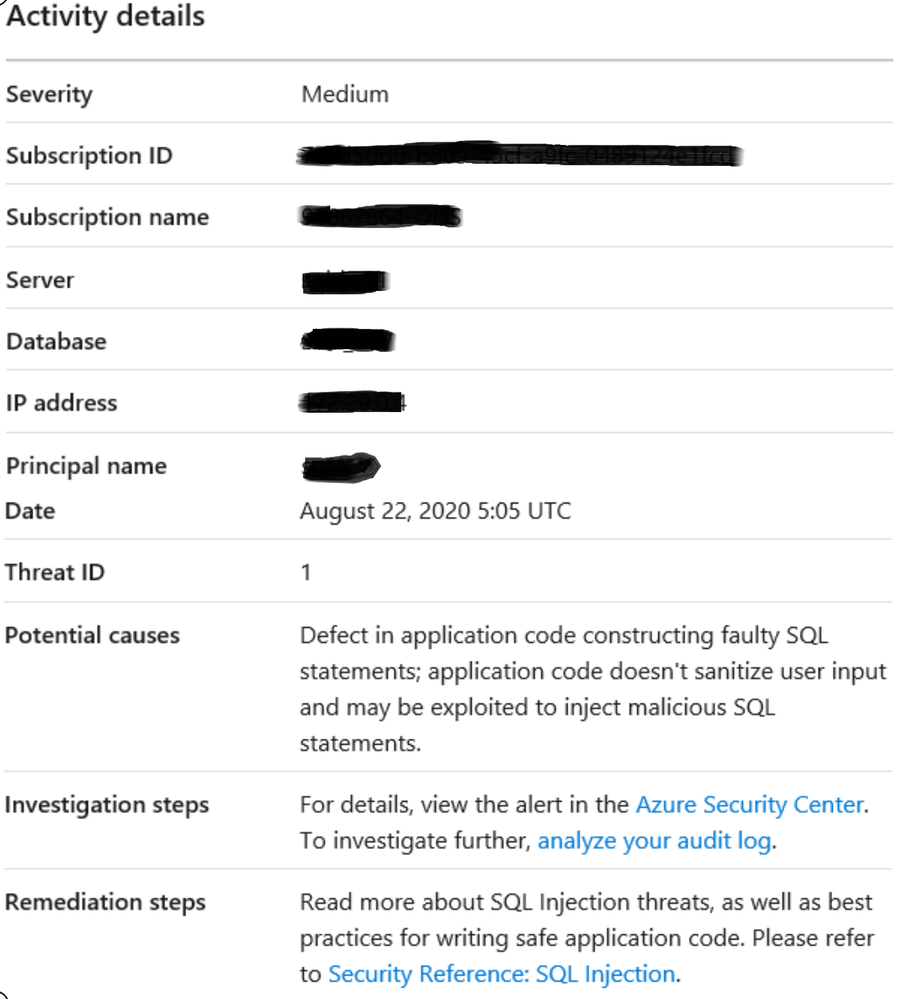by Scott Muniz | Sep 8, 2020 | Azure, Technology, Uncategorized
This article is contributed. See the original author and article here.
Microsoft Learn offers several different fundamentals training and certifications for Azure—Azure Fundamentals, Azure Data Fundamentals, and Azure AI Fundamentals. Choose the ones that work for you. Use these foundational certifications as a starting point to explore more training for Azure technologies and to chart your path forward. If you’re looking to advance your career or to jump-start a new one, the message is the same: establish your foundations.
Azure opens a world of possibilities for you in this cloud-based, digital era. Let’s explore a few of them and how they can fit with your plans for growing your skills and expertise.
How you can use Azure to grow your career
Azure offers an ever-expanding set of cloud services that can help companies meet business challenges. It offers the freedom to build, manage, and deploy applications on a massive global network using an organization’s favorite tools and frameworks. This opens up many opportunities for IT professionals, depending on their talents and interests.
If you’re a developer, you can get your work done faster, take your skills to the next level, and imagine and build tomorrow’s applications.
If you’re an IT administrator, Azure cloud infrastructure helps you simplify management, reduce costs, rapidly adjust to changing business demands, and enhance security.
If you’re a data specialist, Azure can help you unlock the potential of data. Azure enables rapid growth and innovation with a portfolio of secure, enterprise grade database services that support open-source database engines.
If you’re an artificial intelligence (AI) specialist, Azure offers your application an edge over the competition. Just imagine what you can build—an app that translates speech in real time as you’re speaking or an app that helps you identify parts of a motor in a mixed-reality training. The possibilities are endless.
Get the Azure training that fits your background and interests
Interested in Azure, and want to learn more? Use our training offerings to explore the fundamentals of the cloud platform, foundational database concepts in Azure, and the basics of Azure AI.
Use Azure fundamentals training to learn the essentials of Azure—architectural components and core Azure services and solutions, plus management tools, compliance, security, and data protection. Learn how to get the best of Azure by growing your skills on cloud computing concepts, models, and services, including public, private, and hybrid cloud. In this training, explore cloud concepts, such as high availability, scalability, elasticity, agility, fault tolerance, and disaster recovery, and get strategies for transitioning to the cloud. To help you start this foundational training, we’ve curated the Azure Fundamentals collection on Microsoft Learn.
Use Azure database training to learn the fundamentals of database concepts in a cloud environment, get basic skilling in cloud data services, and build your foundational knowledge of cloud data services within Azure. Learn core data concepts, such as relational, nonrelational, big data, analytics, and roles, plus tasks and responsibilities in the world of data. To start this foundational training, check out the Azure Data Fundamentals collection on Microsoft Learn we’ve curated for you.
Use Azure AI training to explore how Azure provides easy-to-use services to help you get started with building AI solutions. Learn about many areas of AI, including machine learning, which is at the core of AI, and how many modern applications and services depend on predictive machine learning models. Explore computer vision, an area of AI in which software systems are designed to perceive the world visually, though cameras, images, and video. Plus, get the details on natural language processing (NLP), which supports applications that can see, hear, speak with, and understand users, and conversational AI, which deals with dialogs between AI agents and human users. We’ve curated the Azure AI Fundamentals collection on Microsoft Learn to help you start this foundational training.
Choose the right certification for you
Combine your training with a certification that announces your proficiency to the world. A comprehensive path forward for your Azure learning might begin with the foundations of cloud services and could be followed with core data concepts, after which it might move to common machine learning and AI workloads.
If you’re a system administrator, developer, or data and AI professional just starting out with Azure or the cloud, consider the Azure Fundamentals certification. This validates your basic knowledge of cloud services and how those services are provided with Azure. It can also help to prepare you for other Azure certifications, but it’s not a prerequisite for any of them.
Looking to grow your cloud database expertise? If you’re a developer or a data and AI pro—or even if you’re just beginning to work with data in the cloud—the new Azure Data Fundamentals certification can help you prove your knowledge of core data concepts and how they’re implemented using Azure data services.
If you’re getting started in the AI world, consider the Azure AI Fundamentals certification. Use this certification to demonstrate your knowledge of common AI and machine learning workloads and how to implement them on Azure. You don’t need to be a technical professional to take this exam. General programming knowledge will help, but data science or software engineering experience isn’t required.
Although not part of the Azure portfolio, the Power Platform Fundamentals certification can help data analysts and Azure developers validate their understanding of core Microsoft Power Platform capabilities, including Power Apps and Power BI.
Time to start mastering the basics!
It’s time to start growing your skills and building your reputation as an Azure expert. Go to Microsoft Learn, and explore the fundamentals training and related certifications: Azure Fundamentals. . . checked? Azure Data Fundamentals . . . checked? Azure AI Fundamentals. . . checked? Excellent. You’re on the path to getting the recognition that you deserve.
Related posts
Understanding Microsoft Azure certifications
Finding the right Microsoft Azure certification for you
by Scott Muniz | Sep 8, 2020 | Azure, Technology, Uncategorized
This article is contributed. See the original author and article here.
Azure provides several mechanisms how to secure Azure platform.
The most popular approach is through Azure Security Center.
ASC is a unified infrastructure security management system that strengthens the security posture of your data centers, and provides advanced threat protection across your hybrid workloads in the cloud – whether they’re in Azure or not – as well as on premises.
https://docs.microsoft.com/en-us/azure/security-center/security-center-intro
I’d like to highlight also another framework which I’m seeing in use with other customers – Secure DevOps Kit for Azure (AzSK)
https://azsk.azurewebsites.net/
The Secure DevOps Kit for Azure (AzSK) was created by the Core Services Engineering & Operations (CSEO) division at Microsoft, to help accelerate Microsoft IT’s adoption of Azure. Documentation with the community to provide guidance for rapidly scanning, deploying and operationalizing cloud resources, across the different stages of DevOps, while maintaining controls on security and governance.

by Scott Muniz | Sep 8, 2020 | Azure, Technology, Uncategorized
This article is contributed. See the original author and article here.
Security is in everything and with Azure Sentinel, you can consolidate different sources of security signals into a single “glass of pain.” Azure Sentinel is pleased to announce the Microsoft Teams connector is now in Public Preview, so lets take a look.
Whether you have on-premises servers and also use software-as-a-service platforms (like Microsoft 365), or you’re a fully cloud workplace, or you’re somewhere in between, there are so many different things to monitor which could be a sign of a security breach. Many people start out with Azure Sentinel (Microsoft’s cloud-based Security Information and Events Management system) to monitor virtual machines, on-premises infrastructure or their own custom built applications. But the product is worth taking a look at by Microsoft 365 administrators, for the Office 365 connector which now supports logs from Microsoft Teams (in public preview).
What events can I see from Microsoft Teams, in Azure Sentinel?
Azure Sentinel connects to the Microsoft 365 audit log. There are currently 27 different user and admin activities that are logged for Microsoft Teams, including:
– Added/removed bot to a team
– Added/deleted channel
– Added/removed connector
– Changed channel/organization/team setting
– Added/removed members
– Installed/uninstalled app
– User signed in to Teams
For details, see Teams activities.
There are also additional activities logged if you use the Shifts app in Teams and Microsoft Teams Healthcare activities in the Patients application.
What are the pre-requisites?
First, remember that as a public preview feature, this is provided without a service level agreement. Don’t build a mission-critical security strategy for your production workloads that are reliant on this capability, but if you do try it out, we welcome your feedback.
With that said, you need:
– To have read and write permissions on your Azure Sentinel workspace (or create a new one with these permissions)
– To be a global administrator or security administrator on your tenant
– And your Office 365 deployment must be on the same tenant as your Azure Sentinel workspace
– Plus, unified audit logging must be enabled on your Microsoft 365 deployment. To check or enable that, visit Turn audit log search on or off.
How do I connect Microsoft Teams to Azure Sentinel?
Sarah Young (Senior Program Manager, Azure Security) has a blog on how to add the Office 365 data connector to Sentinel here: What’s new: Microsoft Teams connector in Public Preview
In essence, you create a log analytics workspace and add it to Azure Sentinel (or create a new log analytics workspace), then you’ll find Office 365 under the list of Data connectors you can add. This data connector also allows you to connect activity logs for Exchange and SharePoint, but you can toggle those off independently.

Once my logs are connected, then what can I do?
Searching logs is one thing, and that’s useful if you want to investigate a scenario (like a Teams channel disappeared – who deleted it?).


But now you can also add Microsoft teams activities into Azure Sentinel workbooks, to build your own simple data presentation or complex graphing & investigative maps. Check out Matt Lowe’s article on Azure Sentinel Workbooks 101.
You can also leverage the power of Azure Sentinel’s powerful hunting search and query tools, and bookmark findings that look unusual or suspicious. Learn more at Hunt for threats with Azure Sentinel.
Contribute your feedback
The Azure Sentinel product group has a community page on Github, which also has great links on resources to get you started with the different features of Azure Sentinel. Visit the resources section to learn how you can contribute your feedback about the Microsoft Teams component of the Office 365 data connector, and Azure Sentinel in general.
Whether you’re a security professional looking to expand the scope of what you are monitoring across your organization, or you are a Microsoft 365 administrator with no Azure Sentinel experience, this new capability further ties Microsoft’s products together to help make your job easier. Will you try this out? Let us know in the comments!
-SCuffy

by Scott Muniz | Sep 8, 2020 | Azure, Technology, Uncategorized
This article is contributed. See the original author and article here.
What do you do when you receive alert message in Azure Security Center?
You can find details about Advanced Threat Protection alerts in following reference document.
https://docs.microsoft.com/en-us/azure/security-center/threat-protection
Following are list of alerts
https://docs.microsoft.com/en-us/azure/security-center/alerts-reference#alerts-sql-db-and-warehouse
Background
Azure threat detection is a feature that monitors detects anomalous activities such as unusual successful logins and warns if an unknown or new client IP address is used. Login warning will generate an email and appear on the DW instance Portal. The unfamiliar login feature uses a two month sliding window looking for unknown IPs. When a new IP is found, the warning email and portal threat is generated. The minimal learning period on a new instance, before the first alert is 14 days.
- For alerts e.g. Log on by an unfamiliar principal, Log on from an unusual Azure Data Center, Log on from an unusual location, Potential SQL Brute Force attempt

Following are some mitigation steps to investigate the access and block it, if it is unauthorized.
- You can take immediate action by changing the account password or blocking the IP via the DW server’s firewall rules. However, this may not be the ideal step if IP address is from azure services or recently configured IP, this may block the service. Azure IP addresses keep frequently changes for security reason. You can get information from following URL.
https://www.microsoft.com/en-us/download/details.aspx?id=41653
- If the you don’t recognize the IP address, you should check the ISP that owns the IP address via any tool which is allowed to use in your organization. e.g. you can get information of as follows.

- If the IP address is still unknown, the you can enable Audit Logging, to see the details about queries that IP is submitting. Ref document https://docs.microsoft.com/en-us/azure/sql-data-warehouse/sql-data-warehouse-auditing-overview
- If a threat is found, changing the password is required, in addition to adding more restrictive via firewall rules.
- For alerts e.g. A possible vulnerability to SQL Injection, Potential SQL injection.

Following are some steps to investigate which will be helpful to mitigate the alert.
- You can review auditing logs to understand which query was executed from that IP
- Check the queries which were executed near to the time of the alert with query text that appears as parse error.
- Application name is displayed in alert, review the code that can cause SQL injection.




Recent Comments